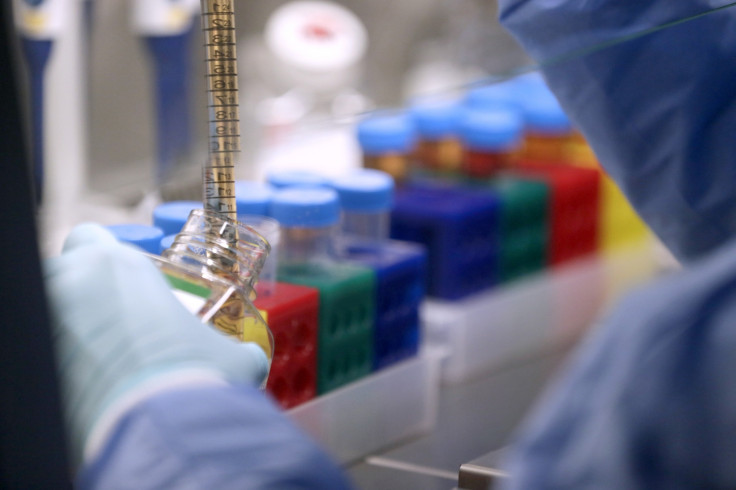Oxford scientists develop new method to 3D print 'high resolution' living tissues
Living tissue can now be printed with greater detail and precision.

Scientists at the University of Oxford have developed a new method to bioprint living tissues in such a way that they do not collapse in on themselves.
According to researchers, the potential uses for this technology include drug testing without the need to run animal trials and diagnostic applications like drugs and toxin screening.
One of the major hurdles of 3D printing when it comes to living tissue is keeping it in the desired shape. Living tissue is prone to moving and it tends to settle into a shape that need not necessarily be the originally intended form collapsing in on itself, according to a release by the university.
Oxford Synthetic Biology's Alexander Graham, who is one of the scientists working on this project, said that they were "aiming to fabricate three-dimensional living tissues that could display the basic behaviours and physiology found in natural organisms," in the release.
He pointed out that there were only limited examples of printed tissues that had a complex cell level architecture of tissues. The team designed a high-resolution cell printing platform that can print out a living tissue and "produce artificial tissues with appropriate complexity".
By printing out cells encased in droplets, one at a time, they were able to enhance the resolution of the final product. Living tissue was contained inside a nanoliter droplet wrapped in a lipid coating which can then be placed one at a time, according to the study.
Structural integrity will reportedly be provided by the container within which the cells grow and as a result, maintain shape while at the same time improving chances of survival.
The release pointed out that while it might be currently possible for bioprinting certain types of tissue including body parts like the ear, this method takes the technology forward by allowing scientists more intricate printing of complex body parts that are diseased or damaged.
CTO of Oxford Synthetic Biology Sam Olof said, "There are many potential applications for bioprinting, and we believe it will be possible to create personalized treatments by using cells sourced from patients to mimic or enhance natural tissue function."
Scientists working on the project believe that their development can revolutionise regenerative medicine. Graham says that the next step is to make complementary printing of live tissue along with hybrid materials while also scaling it up to an industrial level.
© Copyright IBTimes 2025. All rights reserved.





















